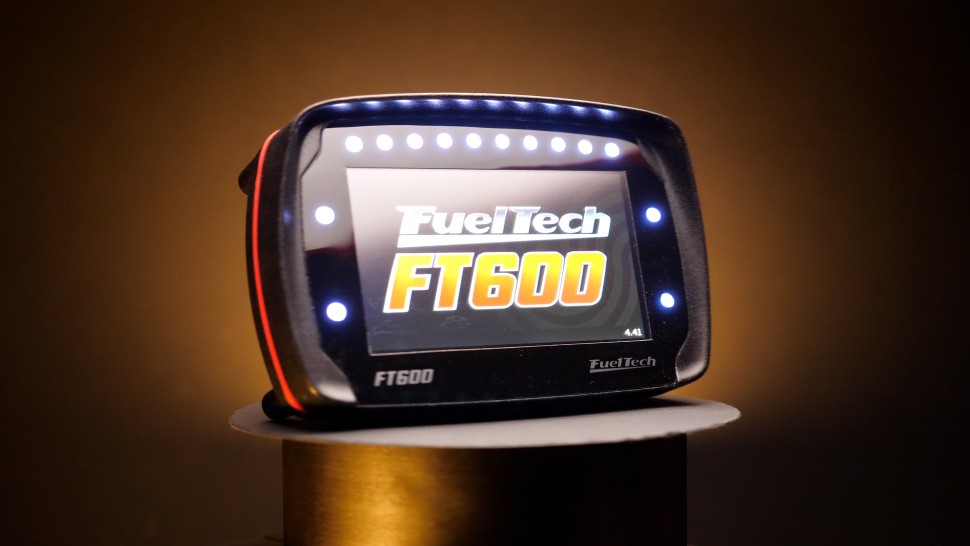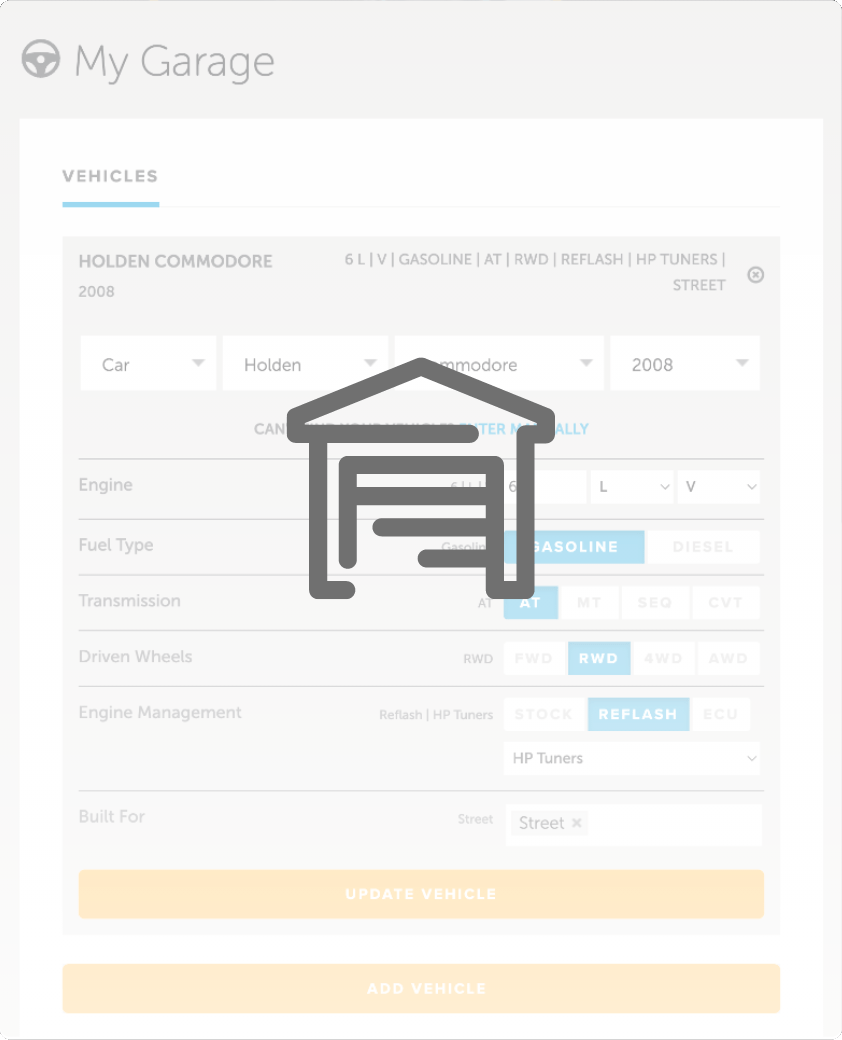| 00:00 |
In this worked example we're going to go through the design process of a tubular chromoly subframe for a Honda CRX race car and also the welding jig used to make it.
|
| 00:09 |
This is going to give you a real world look at modelling a part using CAD while also using 3D scans for reference.
|
| 00:17 |
If you follow along, you'll get some insight into what's required to complete a similar project for your own vehicle.
|
| 00:23 |
To be clear, this section of the course isn't about teaching you anything new.
|
| 00:27 |
These examples are all about seeing what you've already learned put into action.
|
| 00:32 |
The other thing to note is that we won't focus on every step in full detail during the modelling process.
|
| 00:39 |
As you can imagine, this is a complex part that takes a fair amount of time to model.
|
| 00:44 |
So, describing every single step to the T just isn't practical, interesting or digestible.
|
| 00:50 |
So, if there's anything here that has you scratching your head, it's best to stop, go back to the relevant course module and give it another watch to get a better understanding before continuing on with the worked example.
|
| 01:02 |
So, let's get started.
|
| 01:04 |
The design process for every good product starts with the definition of a problem and understanding what we're trying to achieve.
|
| 01:11 |
As we mentioned for this worked example, we'll be designing a subframe for our Honda CRX race car.
|
| 01:18 |
This car in particular has been used in endurance and sprint racing and has been swapped with a Honda K20 engine and a Holinger sequential gearbox.
|
| 01:27 |
So, why design and make a new subframe? What's wrong with the old one? The subframe has been modified by the original builders of the car with an engine mount for the new K20 , which was a compromised design creating a stress concentration.
|
| 01:41 |
As a result in the previous season of racing, we had a reoccurring issue where the subframe would split and tear and even after being reinforced it was still less than ideal.
|
| 01:51 |
The factory setup designed for the original D16 engine with 100 odd horsepower just isn't up to the task of handling the 250 plus horsepower K20 engine in the abuse of motorsport.
|
| 02:05 |
Additionally, the EF generation Honda Civic chassis uses a traction bar mounted forward of the front axle , which provides the pickup points for the car's control arms.
|
| 02:15 |
What this means is that any slight bumps to the front end, which unfortunately happens more than we'd like in wheel to wheel racing, can move our alignment.
|
| 02:24 |
To avoid these issues we want to design a new subframe that's stiff and strong.
|
| 02:29 |
We'll primarily use 1 1⁄4 inch outer diameter chromoly tubing with 0.083 of an inch wall thickness to provide the strength while also being relatively lightweight.
|
| 02:42 |
This is a fairly standard material used for subframes.
|
| 02:46 |
We'll also use some chromoly sheet metal parts with this to give us some more flexibility in the design and allow us to make tabs and brackets.
|
| 02:55 |
Not only will we get the sheet metal parts laser cut but we'll also get the tubing CNC notched and bent for accuracy and to save some time when it comes to fabrication.
|
| 03:05 |
Our subframe will mount to the factory points and we'll need to support the steering rack, caster control arms and lower control arms.
|
| 03:13 |
We'll design the subframe so the caster arms are rear mounted, but work to keep the suspension kinematics as they were since we know this worked well.
|
| 03:22 |
This basically just means keeping the steering rack and lower control arms in the same place and while we are going to be moving the caster arm to be rear mounted, there are some methods that we can use to keep things as they were, which we'll cover soon.
|
| 03:36 |
The lower control arm design won't be part of this worked example but it needs to be considered along with the subframe.
|
| 03:44 |
Basically, we want to change the lower control arm to use an encapsulated spherical bearing rather than the rod end that it previously had to avoid bending loads through the threaded shank and a potential failure.
|
| 03:56 |
So, we'll design the subframe to use a motorsport style double shear bracket that can be spaced out with shims behind it for adjustment.
|
| 04:05 |
The caster arm on the other hand will not be subject to bending loads so we can simply use rod ends to make a turnbuckle style control arm.
|
| 04:13 |
We won't mount the drivetrain to the subframe this time though as this will be done with new mounts directly to the chassis.
|
| 04:20 |
Finally, the subframe needs to clear the engine and transmission, allowing for room for the exhaust headers to pass through and the steering column to attach to the rack.
|
| 04:30 |
With the definition of our problem and a rough plan in place, we'll move onto the practical planning work in the next module.
|





